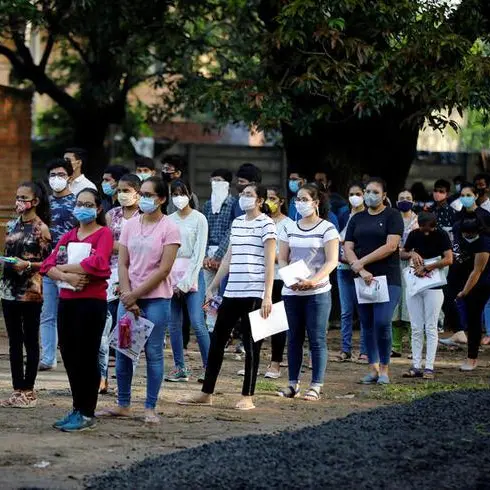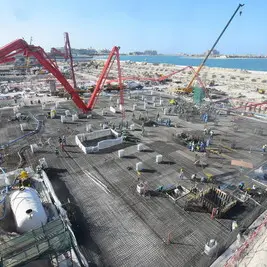PHOTO
The smart street lighting market has gained significant traction and its installed base will grow at a robust CAGR of 23.4 percent to reach 37.4 million units in 2025, said Berg Insight, a global IoT market research provider, in a new report.
The number of installed smart parking sensors is expected to see a slightly slower growth of 21.6 percent (CAGR) while the smart waste sensor technology market will be the fastest growing of the three with a CAGR of 29.8 percent, added the latest edition of Berg Insight’s comprehensive smart city technology report.
The report comprises in-depth studies of five key technology areas – smart street lighting, smart parking, smart waste collection, urban air quality monitoring and smart city surveillance.
A more nascent smart city technology area is the field of non-regulatory urban air quality monitoring, which comprises increasingly small and low-cost air quality monitoring devices that can serve as valuable complements to traditional regulatory monitoring stations. In 2020, the number of such non-regulatory air quality monitoring devices installed in outdoor urban environments amounted to 73,000 units globally and will surpass 300,000 units in 2025.
The largest of the five covered smart city application areas was meanwhile the smart city surveillance market, which reached a global market value of €9.9 billion ($12 billion) in 2020. The market, which includes both fixed and mobile video and audio surveillance solutions, is expected to grow at a CAGR of 19.7 percent throughout the forecast period.
“Looking just at the sheer volume of various types of smart city device shipments, China has in the past few years outrun most other countries in the world and now plays in a league of its own” said Levi Ostling, smart city analyst, Berg Insight.
Outside China, Europe has emerged as the leading smart city technology adopter and North America constitutes the second largest market. An exception is however the North American market for smart city surveillance, which was about 27 percent larger than the European in 2020.
“While publicly funded deployments of smart city technologies in many cases were delayed due to the Covid-19 pandemic, they were more importantly not cancelled thanks to their growing status as key infrastructure projects,” said Ostling when asked about the Covid-19 impact on the overall market.
In 2020, the global installed base of individually controlled smart street lights amounted to 13.0 million units (excluding China). The corresponding figures for the smart parking and smart waste sensor technology markets were at the same time 957,000 and 657,000 units respectively.
Smart parking sensors refers to in-ground or surface-mounted parking occupancy detection sensors while smart waste sensor technology consists of fill-level sensor devices that may either be pre-integrated into bins and containers, for example as a smart bin offering, or retrofitted on existing collection points.
The pandemic has in many ways highlighted the benefits of remotely managed infrastructure and the need for smart city technologies, which should help the smart city market to recuperate strongly after a short period of slightly reduced growth, the report said. – TradeArabia News Service
Copyright 2021 Al Hilal Publishing and Marketing Group Provided by SyndiGate Media Inc. (Syndigate.info).












